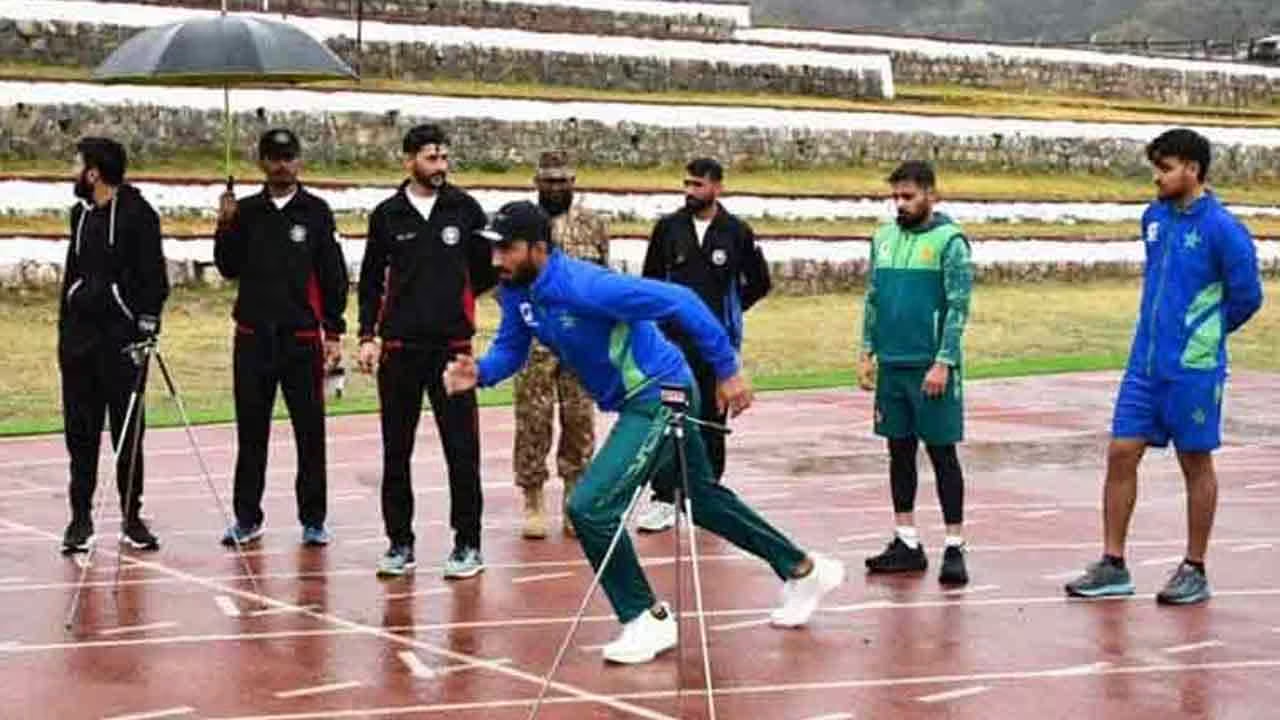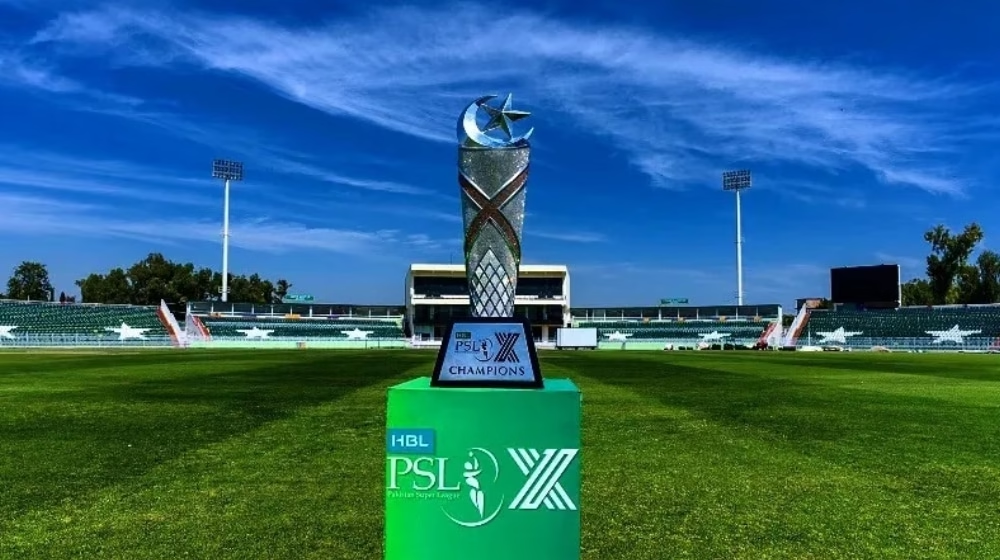In a recent appeal, Olympian javelin thrower Arshad Nadeem and sprinter Faiqa Riaz have stressed the necessity for a dedicated training center to adequately prepare for major international competitions. Both athletes highlighted significant challenges they face while training at their current facilities, which impede their ability to perform at their best.
Arshad Nadeem’s Training Challenges
Arshad Nadeem, Pakistan’s renowned javelin thrower, has been facing considerable difficulties during his practice sessions. One of the main issues is the need to constantly clear the area before he can throw the javelin. This precaution is necessary to ensure that the javelin does not accidentally hit anyone. The process of clearing the area is time-consuming and interrupts his training rhythm. Additionally, Nadeem often has to halt his throws multiple times because other players inadvertently come into the throwing zone.
“Every time I prepare to throw, I have to wait for the area to be cleared. This constant interruption affects my focus and training efficiency,” Nadeem expressed. “A dedicated training center would allow me to practice without these disruptions and significantly improve my performance.”
Faiqa Riaz’s Training Obstacles
Similarly, sprinter Faiqa Riaz encounters problems due to the overcrowded training environment. The track is frequently occupied by other athletes during her running sessions, causing distractions and hindering her practice.
“I need an uninterrupted space to focus on my sprints, but the constant presence of other athletes on the track makes it challenging,” Riaz explained. “A separate center would enable me to train without these hindrances and enhance my performance.”
The Case for a High-Performance Center
Both athletes emphasize that they are not against other athletes training in the stadium. However, they underscore the importance of a high-performance center specifically designed for elite athletes. Such a facility would provide a focused environment, free from the common interruptions and distractions that currently plague their training sessions.
Benefits of a Dedicated Training Center
Uninterrupted Practice Sessions: A dedicated center would allow athletes like Nadeem and Riaz to train without the need to constantly clear the area or wait for others to finish using the track. This would lead to more efficient and effective training sessions.
Enhanced Focus and Performance: By eliminating distractions, athletes can concentrate better on their techniques and improve their performance. The ability to train in a controlled environment would also reduce the risk of injuries caused by unexpected interruptions.
Specialized Equipment and Facilities: A high-performance center could be equipped with specialized equipment tailored to the needs of elite athletes. This includes advanced training tools, recovery facilities, and expert coaching staff to provide comprehensive support.
Encouragement of Elite Sports Culture: Establishing dedicated training centers would signal a commitment to nurturing elite athletes. It would create an environment that values and supports high-level athletic performance, encouraging more athletes to strive for excellence.
Better Preparation for International Competitions: With access to uninterrupted and high-quality training facilities, athletes can better prepare for international events, enhancing their chances of winning medals and bringing pride to their country.
The demand for a dedicated high-performance training center by Olympian javelin thrower Arshad Nadeem and sprinter Faiqa Riaz highlights the pressing need for specialized facilities for elite athletes in Pakistan. Addressing their training challenges by providing a dedicated center would not only improve their performance but also contribute to the overall development of sports in the country. As Nadeem and Riaz continue to aim for excellence on the international stage, it is crucial for the authorities to recognize and support their needs, paving the way for future generations of athletes to thrive.



